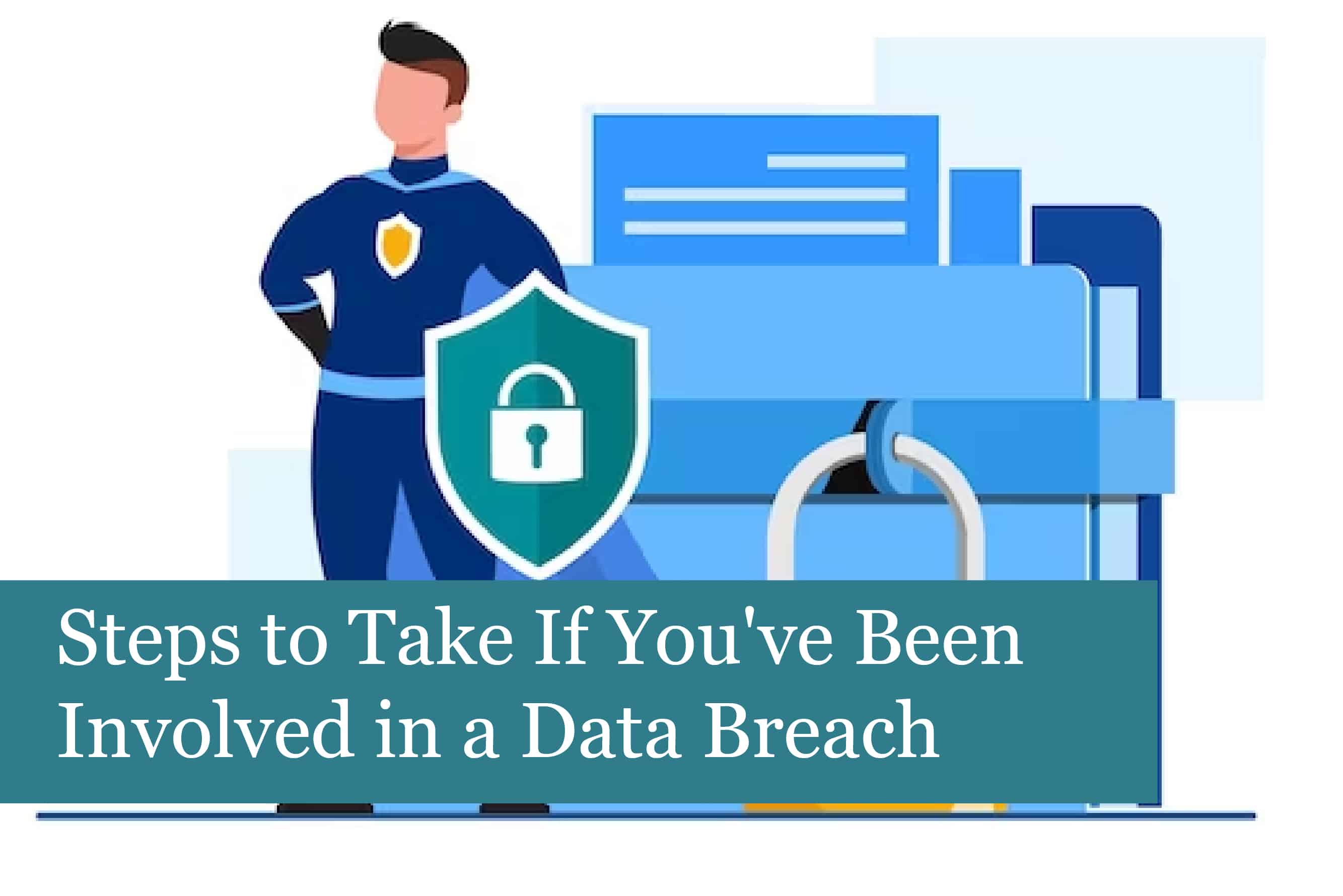
Introduction
In today’s digital age, where our lives are intertwined with technology, data breaches have become an unfortunate reality. The possibility of our personal information falling into the wrong hands is a concern we all share. If you suspect that you’ve been involved in a data breach, immediate action is crucial to mitigate potential risks. This article provides a comprehensive guide on what steps to take to safeguard your data and protect yourself from the aftermath of a breach.
Recognising the Signs
If you’ve recently noticed suspicious activity related to your online accounts or have received notifications about unauthorised access, it’s essential to consider the possibility of a data breach. Signs of a breach include unfamiliar transactions, password changes you didn’t initiate, or unexpected emails from unfamiliar sources.
Step 1: Stay Calm and Act Swiftly
The first and most crucial step is to remain calm. Panic can lead to hasty decisions. Instead, focus on acting swiftly and thoughtfully to minimise potential damage. Change your compromised passwords immediately and log out of all devices.
Step 2: Gather Information
Collect all the information related to the suspected breach. This includes details about the affected accounts, any suspicious messages or emails, and the dates when you noticed the irregularities. Documenting this information will help authorities and relevant parties investigate the breach effectively.
Step 3: Contact the Affected Parties
If the breach involves third-party services, such as your bank or email provider, get in touch with them immediately. They can guide you on the necessary actions to secure your accounts. Many service providers have dedicated teams to handle data breach incidents.
Step 4: Monitor Your Accounts
Regularly monitor your financial and online accounts for any unusual activities. Look for unauthorised transactions, changes to your personal information, or new account openings. Early detection can prevent further damage.
Step 5: Use Two-Factor Authentication (2FA)
Enable two-factor authentication (2FA) wherever possible. 2FA adds an extra layer of security by requiring a second form of verification, such as a code sent to your phone, in addition to your password.
Step 6: Freeze Your Credit
Consider freezing your credit with the major credit bureaus. This prevents anyone from opening new credit accounts in your name without your explicit permission.
Step 7: Update Your Software
Ensure that your operating systems, applications, and antivirus software are up to date. Regular updates often include security patches that protect against known vulnerabilities.
Step 8: Be Cautious of Phishing Attempts
Scammers may attempt to exploit the breach by sending phishing emails or messages. Be cautious of clicking on links or downloading attachments from unknown sources. Verify the authenticity of any communication before taking action.
Step 9: Educate Yourself
Take this incident as an opportunity to educate yourself about online security best practices. Learn about strong password creation, recognising phishing attempts, and the importance of data encryption.
Step 10: Monitor Your Personal Information
Consider using identity theft protection services that offer continuous monitoring of your personal information. These services can alert you if any suspicious activity is detected.
Frequently Asked Questions (FAQs)
Q: Can I prevent all data breaches?
A: While you can’t prevent all data breaches, you can take proactive steps to minimise your risk and protect your information.
Q: Should I change passwords even if I’m not sure about a breach?
A: Yes, changing your passwords regularly is a good practice. If you suspect a breach, changing them immediately is crucial.
Q: How can I recognise phishing emails?
A: Phishing emails often have misspellings, unusual sender addresses, and urgent requests. Be sceptical of such emails.
Q: Is freezing my credit a permanent action?
A: No, you can temporarily lift the freeze if needed. It’s a reversible security measure.
Q: Can I rely solely on antivirus software?
A: While antivirus software is important, it’s just one layer of defence. Combine it with regular updates and cautious online behaviour.
Q: What if I discover a breach long after it happened?
A: Even if discovered late, take immediate action. Change passwords, notify relevant parties, and monitor your accounts closely.
Conclusion
Experiencing a data breach can be unsettling, but taking prompt and informed action can significantly mitigate its impact. By following the steps outlined in this guide, you can safeguard your personal information, reduce potential damages, and enhance your online security posture. Remember, your vigilance and proactive measures play a crucial role in protecting your digital life.
Recommended Posts

Are you making the most of your Microsoft 365 licensing?
4th July 2025


